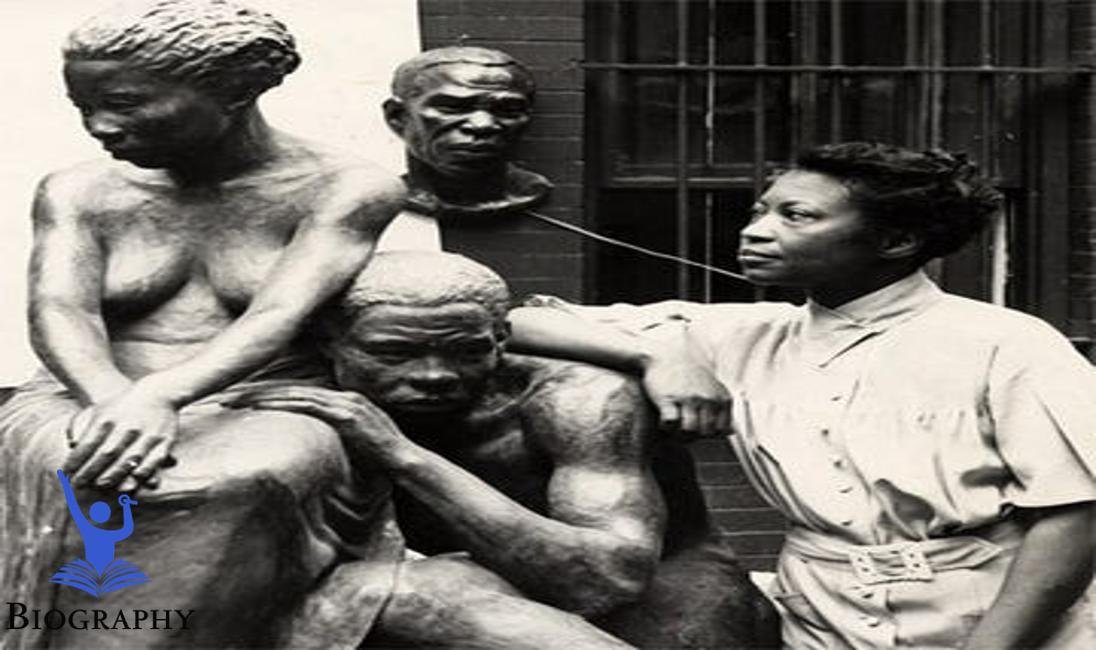Now Reading: Aaron Douglas|Biography,African-American,Harlem Renaissance,painter,art,fact & Wiki
-
01
Aaron Douglas|Biography,African-American,Harlem Renaissance,painter,art,fact & Wiki

Aaron Douglas|Biography,African-American,Harlem Renaissance,painter,art,fact & Wiki
Aaron Douglas: Artist and Icon of the Harlem Renaissance
Quick Facts Table
| Attribute | Details |
|---|---|
| Age | Would have been 122 (born 1899) |
| Weight | Not publicly available |
| Height | Not publicly available |
| Original Name | Aaron Douglas |
| Eye Color | Not publicly available |
| Children’s Names | Not publicly available |
| Birthdate | April 26, 1899 |
| Spouse | Alta W. Douglas |
| Home | New York, later Nashville |
| Hometown | Topeka, Kansas |
| Origin | African American |
| Exes | None known |
| Brand Ambassador Roles | None known |
Early Life and Family
Aaron Douglas was born on April 26, 1899 in Topeka, Kansas. He was the son of a distinctly African-American family, and his father was a priest. His early background was rich in culture and upbringing, which influenced his future work in identity. Douglas had a loving family, and his people fueled his creative passion from the start. He showed a keen interest in drawing and painting while at school.
Douglas attended Topeka High School, where he succeeded in his career. After graduation, he attended the College of Nebraska, where he was one of the few to study the Dark Under. Here he nurtured a unique style that blended African craftsmanship with new automotive influences. His life as a young man in the isolated South further shaped his ideas and inspirations as a sculptor.
Early Career and Struggles
After graduation, Douglass faced various challenges in finding work as a carpenter. He fought to get his first job and faces discrimination in mostly white places. Despite these challenges, he continued to refine his abilities and build his division. He moved to New York City in the mid-1920s, a defining moment in his career.
In New York, Douglas experienced the dynamic art of the Harlem Renaissance, which gave him a wonderful sense of openness and inspiration. He maintained sources of income such as commercial artists and painters to support himself. These early struggles allowed him to interact with Darkness experts and other writers, increasing his organization and openness in the craft community
Rise to Stardom
Aaron Douglas‘s pioneering second came when he began to gain respect for his particular artistic style, illustrated with strong alterations and in statistics his work often depicted African American life and culture, tested issues that it was all tasted and he looked at dark people. Douglas became known as the “Father of American Dark Action” for his powerful work during the Harlem Renaissance.
One of his major works was the painting Parts of Negro Life, commissioned by the Harlem Public Library in 1934. The work represented the wars and victories of the African American experience and African themes together, creating a powerful visual statement The one that resonated with the masses.
Douglas’s rise to fame is further noted by his contributions to theoretical developments and associations, including the Harlem Artists Club, which brought together many inspiring dark specialists at the time
Success
Through his work, Aaron Douglas provided all the great works that would add to his legacy. He mentioned newspapers like The Emergency, power distribution for Public Relations for the Progress of Minority Individuals (NAACP). His paintings dealt extensively with the life and history of African Americans, which inevitably won him acceptance.
In addition to painting portraits and murals, Douglass worked in a variety of creative fields, including painting, printmaking and stage design. He created bespoke arrangements for the musical and dramatic thrillers of Porgy and Bess, which further cemented his status as a revolutionary artist.
His prolific career has been recognized with numerous honors and respects, including a collaboration with the Lincoln School of Teachers at Columbia College Douglas’ influence has led many to be interested in a dark future specialists in the world of crafts, and has shaped him into a central figure in the present
Failure
Aaron Douglas faced hardships and setbacks through his career despite his success. A few scholars considered his style too simplistic or inclusive of traditional African art. Moreover, as the craft evolved, Douglas’s earlier works were partially overshadowed by emerging contemporary artists.
Funding for his projects was restricted in many cases, and he faced challenges in keeping up with his creative vision in business. In any case, he persevered, showing the African-American experience and dealing with the social issues of the time, making important gestures
Humanitarian Work
In addition to his creative interests, Aaron Douglas was known for his civil rights responsibility and philanthropic work. He was deeply involved in the development of social liberalism and used his special role to advocate for change. Douglas largely represented bigotry and social fakery in America, acknowledging that craft could be a wonderful asset for hard workers.
He added to a variety of local field projects and promotions shown to motivate Dark specialists and keep doors open for training and development. His work has inspired many Dark experts to embrace their heritage and use their gifts to address cultural issues.
Personal Life and Controversies
Aaron Douglas married Alta W. Douglas. But he maintained a degree of secrecy about his personal life, their New York home turned into a place for social gatherings for artists, academics and scholars, promoting a thriving social work that Douglass had no children , allowing him to inject some of his privilege into his main role.
Throughout his career, Douglass faced discussions about his specialty and his understanding of it. Some commented on the relevance of his work to contemporary design, while others criticized his emphasis on African subjects. But his relentless commitment to his art and his story helped him become a respected figure in the local craft community.
Legacy / Awards
Aaron Douglas died on February 2, 1979, but his legacy will live on in the craft world and then some. His commitments during the Harlem Renaissance and current work forever influence how African American artists are perceived and celebrated. Douglas’ work led to a re-examination of the importance of the black voice in human expression.
He received a few autopsy recommendations, including being hired for the Department of Public Policy. His paintings can be sought out in entirely different places, and exhibitions of his work compliment his imagination. Douglass’s message of social pride and visual storytelling inspired Infinite Craftsmen to embrace their heritage and use their foundation for social change
Nevertheless, Aaron Douglas stands as a giant in the general American craft scene. His creative approach, civil rights activism, and African-American cultural vitality have solidified his place in the conscious movement. Through his life and work, Douglass demonstrates that art can express a collective encounter of individuals, thus influencing coming years. His promises are literally believed today, inspiring a new flood of Dark experts to repeat their words and offer their dreams to the world.







































